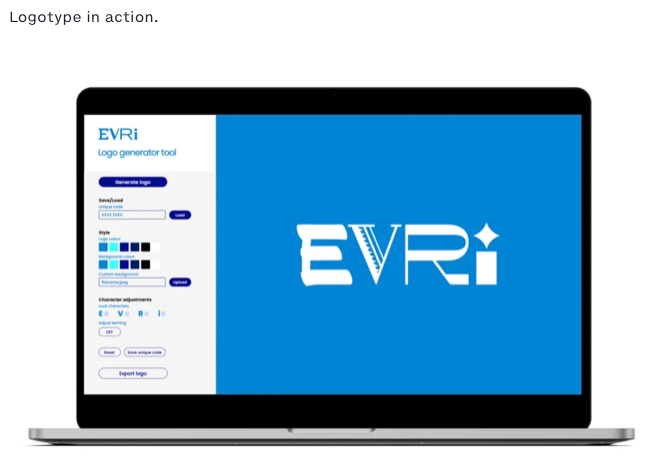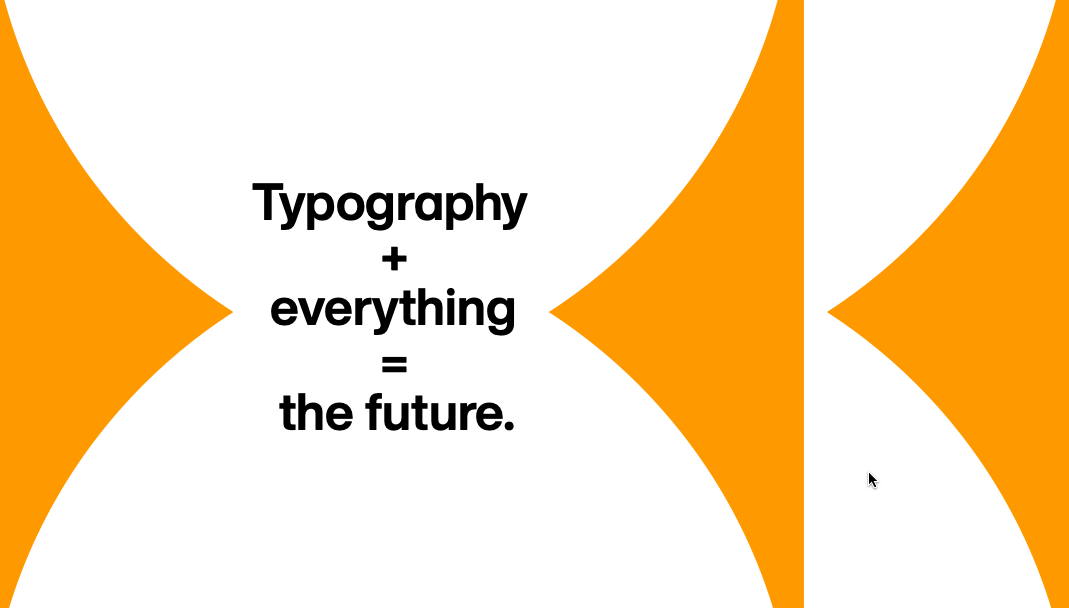About Being An Author
So, you want to write a book!? There are many good websites and instructional aids for authoring.* Having written now over twenty non-fiction, mostly biblical and theological books, that have been used in a number of churches and with a number of training venues for church leaders, I have learned a few things about writing that I can share with you.
Read through a good style manual. Style manuals, like the Franklin Covey Style Guide for Business and Technical Communication has invaluable information on grammar, punctuation, sentence structure and rules that some of us learned in composition classes, but others have not. Some examples are: (1) Use ‘its” as a possessive and “it’s” as a contraction for “it is;” (2) Use adjectives and adverbs wisely and correctly — “The car engine sounded rough” (not roughly), using an adjective not an adverb; (3) Make sure the verb of the sentence agrees in number with the subject, “Elements of trigonometry are contained in The Elements of Trigonometry, which is difficult for many.” (“The Elements of Trigonometry” is the title of the book and this requires a singular verb form;) (4) Use only the “s” to form the plural after letters, signs, symbols, figures and acronyms and abbreviations, unless an apostrophe is necessary for clarity — 1990s not 1990’s, the Smiths, not the Smith’s, the A’s have it (rather than the As have it); (5) Use concise, active sentences rather than passive, weak and ineffective ones — “Smith’s report contained numerous errors” rather than, “The report cited by Smith was filled with numerous errors.”
Write like you speak. That is, be careful of obtuse, long and confusing sentences. It is unfortunate that academicians have never learned this lesson, and their reports and writings are often too wordy and unduly complicated. This is especially true in the theological treatises and papers I have read throughout my career. What can be said in a few crisp sentences are often encased in long paragraphs which beg the issue or question at hand.
Be culturally and bias-aware in your writing. Signs of discrimination by race, creed, sex, age or national origin are actually legal issues, not just offensive or poor writing. Thus, “The Native-American woman in our office, Sally, now nearly 65, missed her deadline today,” is not merely in poor taste. It is irrelevant, unfair and likely illegal. It would be more direct and honest to say, “Sally missed her deadline today.” Treat others as you would want to be treated in your writing. Be careful of cliché phrases, such as “girls” for grown women, or “boys” for grown men in a company or office. A wrong phrase could end you up in court, even cost your reputation and certainly your pocketbook. “Stewardess” is “flight attendant,” “manpower” is now “work force,” and “chairman” is now “chair, or chairperson.” Use plural pronouns to refer back to “everyone” or “someone,” as in, “Someone left their pencil at the table.” And, certainly refrain from using hybrid forms in your writing, such as “s/he” or “he/she” or “hisorher.”
Learn to rewrite and rewrite again. After a paragraph, have some friends read it out loud to you. Does it make sense? Is it understandable, clear and cogent? Are the sentences too long? Can you say what you want to say in a better way? Can you eliminate wordy sentences or extraneous comments? Writing is part art, part science, part common sense.
Have your writing proofread. The Covey Guide lists several strategies† — (1) Check format. Does the document look good—with uniform spacing, heading styles, lists? Are emphasis techniques (boldface, italics, etc.) consistently applied? [I would strongly recommend that you let a typographer properly typeset your writing using proven typesetting techniques.] (2) Check content. Is the information correct? Are figures like meeting times, dollar amounts and percentages correct? (3) Check for errors. Using your spell-checker helps, but will not point out a mistaken “their” for “there.” Question every capitalization, punctuation, word division. Question every number and add up figures to make sure sums are accurate. (4) Read the document in different ways, like reading it backwards, to catch errors you can easily miss, or reading it aloud, to slow down and catch errors, or have others read sections at a time.
There are professional firms that can help you make you a better writer. Use them, if the writing or subject is important enough. You can also use a self-publishing service, like Lulu (lulu.com) for some of these services. You must always have them print a proof-copy before they will place it on their site for purchase or have it advertised on Amazon or other marketing companies. This allows you to change and revise and modify where necessary.
Use a graphic designer or professional service for the cover design. Again, self-printing services like Lulu provide cover designers (for a fee) if you need them. And, of course, printing companies will help you in the design and production efforts here.
Above all, enjoy the process! Writing for most of us is a side-job or hobby, not our main profession or job. If and when it gets grueling, take a break, leave it for a while, come back to it later, even much later. Your future and life do not depend upon this book or article. I learned in Christian ministry that to prepare a good sermon for a Sunday morning service takes several rewrites and many changes until the final message. So, I would make a basic outline of the message at the beginning of the week, dream about it, make several changes and scratch out notes on a notepad or computer word processor throughout the week. Then I would put it all together with the changes and things I must leave out for a 30-minute message at the end of the week. And then pray real hard for God to do what the preacher or teacher cannot do in communicating the message!
*I use the Chicago Manual of Style (https://www.chicagomanualofstyle.org/) and the Franklin Covey Style Guide (Salt Lake, Utah: Franklin Covey, 1985, 1997, 1999) in this blog.
†Covey, 72.
Successful Layout & Design



